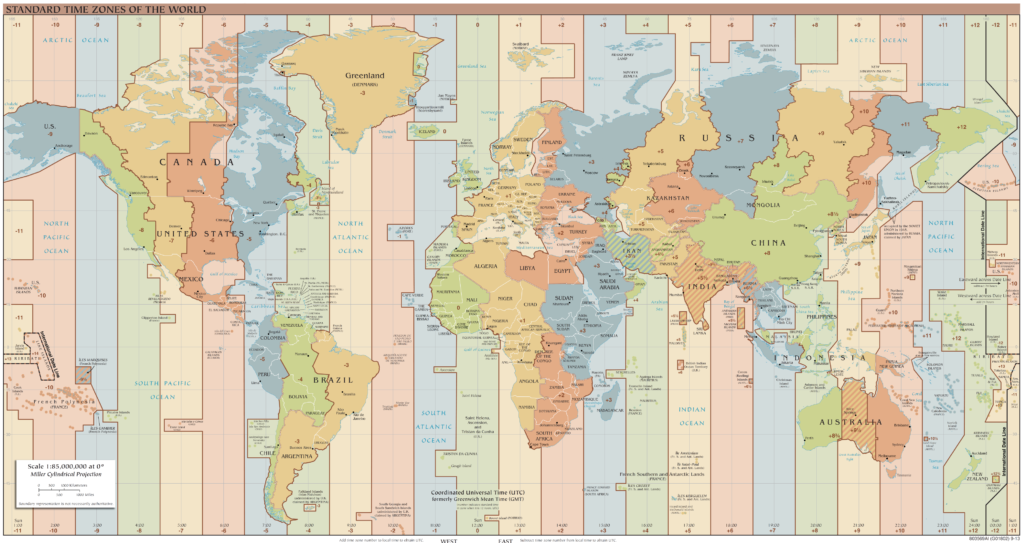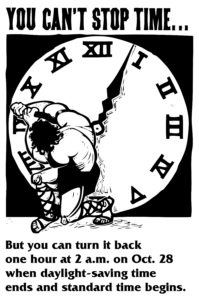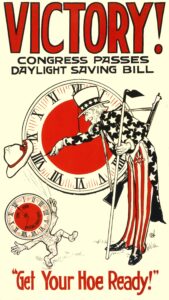Рубрика: Без категории
Сурат-Тани
Ко Ронг
Держать
Часовые пояса – что это такое и что они означают?
In the days before smartphones were invented, travelling between different time zones was bit of a nuisance; you had to manually turn your clock forwards or backwards to be in sync with the region specific time zones.

But what are time zones and why do they complicate our life that much?
First of all, if Earth had a single time zone, what is noon for one place, would be morning, evening or even midnight in some other. Since Earth is a sphere and daylight enters and exits at different intervals, time zones are essential for us to coordinate our movements.
In the late 1800s, a group of scientists figured out a way to divide the world into different time zones. In order to build the time zone map, they studied Earth’s movements. They found out that as the Earth rotates on its axis, it moves about 15 degrees every one hour. After 24 hours, it has completed a full transit around the sun. Then, they divided the planet into 24 different time zones, each one 15 degrees of longitude wide. The central point of this division was Greenwich, a suburb of London. Depending on the distance from the Greenwich Meridian, you must either add or subtract the appropriate time for every 15-degree interval.
However, with a little research, you will find out that there are more than 24 time zones on Earth. For example, some countries (like India) have adopted a non-standard time, which may include a 30 or 45-minute counterpoise.
There are many factors behind these decisions. In India, the decision was purely political, but other times, it just might have to do with the location of countries’ borders. Since time zones are defined by their longitude coordinates, there are countries that have multiple time zones within them, like Russia and the USA. However, countries like China and India ignore that rule, employing a unified time zone.
Летнее время – почему мы теряем час сна
At one point or another in your life, chances are that you might have experienced the frustration of having to advance your clock by one hour during March, subsequently losing an hour of sleep. It is something that we learned to cope with even as children. But let’s just take a moment here and ask: what is Daylight Saving Time (DST)?
Most people would think it’s a traditional agricultural practice, to aid farmers in more successful harvests. Actually, farmers don’t have anything to do with DST and they don’t benefit from it whatsoever. The truth, is indeed quite far from what you’d expect. 
Although modern DST was first proposed by the New Zealand entomologist George Hudson in 1895, it was introduced by the Germans during the years of the First World War, as a way to conserve coal during wartime. The Entende powers, and many neutral countries soon followed suit. Russia and a few other countries waited until the next year and the United States adopted it in 1918.
Most of the United States begins Daylight Saving Time at 2:00 a.m. on the second Sunday in March and reverts to standard time on the first Sunday in November. In the U.S., each time zone switches at a different time. In the European Union, Summer Time begins and ends at 1:00 a.m. Universal Time (Greenwich Mean Time). It begins the last Sunday in March and ends the last Sunday in October. In the EU, all time zones change at the same moment.
Nowadays, DST is active in more than 70 countries worldwide and affects over 1 billion people annually. Today, the functionality of DST is a subject under debate, as technology energy consumption has increased in complexity in the last 40 years, rendering it obsolete.
Летнее время – бессмысленно и опасно?
DST is a practice that may have been implemented in almost every corner of the world in the last 100 years, but is in fact quite an old idea, that was used as a practical way of organizing farming. In its modern form, it was first introduced by Benjamin Franklin in 1784 and was promptly rejected as pointless.
However, in the turbulent times of the first world war, when energy was scarce and its conservation could be a matter of life and death, the concept actually took root and everybody started doing it, to minimize the spending of resources.
It is now almost 100 years after the end of the war, but somehow DST is still in effect in more than 70 countries. Some people even argue that it is useful after all: they say it saves energy, promotes a healthy lifestyle, and reduces traffic accidents. Truth is, DST does nothing of the above.
Energy: The idea behind the energy saving that the Germans introduced, is that while changing the clocks reduces the use of artificial lighting in the evening but increases use in the morning, the evening reduction outweighs the morning increase. A sound argument …that is about 100 years old.
Health: It’s true that DST does provide extra daylight in the evening, but this tiny benefit is no match to the huge downside of a messed up circadian cycle, which can lead to depression, or even heart attacks.
Accidents: There are absolutely no arguments to support that claim, other than some very unreliable statistics, that suggest a slight decrease in traffic accidents during DST.
So, if it no longer saves us energy, if it doesn’t have a real impact on traffic and if it is actually harmful for our health (and our sleep) what’s the point of keeping it?
Какие високосные годы и почему они существуют?
There are some things in life that we take for granted: such as the fact that the sun will rise from the East and set in the West. Another one of those facts, is that years have 365 days, 
subdivided into twelve uneven months that have either 30 or 31 days. Except from February, which has 28. Unless it has 29, in which case the year has 366 days. These years, are called “Leap Years”.
But why does that happen?
To examine what is a leap year and how its existence can be justified, we must first make sure we define what a regular year is. In the Roman years, the western world used the Julian calendar to measure the trip Earth makes around the sun. This calendar, featured a standard 12-month, 365-day year, with a bissextile day inserted every fourth year at the end of February to make an average year of 365.25 days. However, although this calendar was more or less accurate, it was a tad off; the length of the solar year is actually 365.242216 days. Therefore, the Julian year was too long by .0078 days (11 minutes 14 seconds).
Now, in universal terms, this may seem like a minuscule amount of time. However, for us it made a huge difference. In the 16th century, the vernal equinox was falling around March 11 instead of March 21. If that kept on going, we could end up celebrating Christmas in June! This, led Pope Gregory the 13th to re-adjust the calendar by moving the date ahead by 11 days and by instituting the exception to the rule for leap years: if the year can be divided by four it is a leap year, but if it can be evenly divided by 100 or by 400 then it is not.
This complicated system is far more accurate but still not accurate enough: in just 3.500 years, it will be off by a day.



